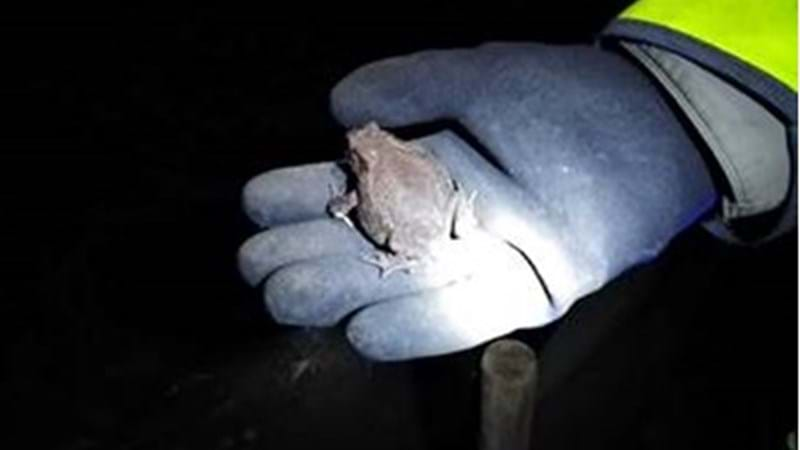Working to protect wildlife alongside the A1 Scotswood to North Brunton
Published
24 Jun 2021
a case study

Share this article
A busy roadside verge might not seem like an attractive place to live but for amphibians such as Great Crested Newts, it’s very much a des res, and that’s why we had to take extra care to protect them as part of the A1 Scotswood to North Brunton improvement scheme.
Newts live on the land for about two thirds of their lives, thriving in unmanaged grassland, scrub and woodland. They love finding sheltered crevices within dense vegetation, for hibernation and to shelter during the day and in dry periods.
They are protected by law so after it was discovered they might be living in the northbound verges where we needed to clear vegetation to allow for fence installation and to give us the room required to build additional lanes, we brought in our ecologists to make sure nothing we did would harm them or any other species.
We successfully applied for a Natural England European Protected Species Mitigation (EPSM) licence. This meant we could carry out the required work, as long as we put mitigations in place – in this case installing an amphibian fence (which stops small animals getting on to the road), habitat searches, and onsite briefings letting workers know what to do if they found creatures in the verge.
The ecologists searched the areas to be cleared and then immature trees and scrub were cut and grassland strimmed leaving enough height to protect any animals at ground level whilst making it easier to search.
In November 2020 we were able to check the amphibian fence and found frogs, toads and smooth newts, showing that amphibians were still active and had not yet gone into hibernation.
We didn’t find any Great Crested Newts but our actions protected and saved many other verge-living amphibians including frogs, toads and smooth newts which were carefully relocated to an area outside the work zone where they could hibernate safely.
Fun facts
- Amphibians breed in ponds and other water bodies in spring, generally between February and June.
- They spend much of the rest of their time on land travelling up to hundreds of metres from ponds.
- Amphibians need to find sheltered crevices within dense vegetation, under wood piles, in rubble etc. for hibernation and to shelter during the day and in dry periods. They also will take shelter in cracks and cavities in the ground and may bury themselves into soft earth.
- Newts are nocturnal and are more active on warm damp evenings. Like frogs and toads, they use their sticky tongue to catch slugs, snails, crane flies, mites, springtails, worms, spiders and other invertebrates. They will even take smaller smooth newts.
- Newts hibernate over winter roughly between late November and early March.
- Great Crested Newts are the UK’s largest newt species and can live up to 25 years. Females are usually bigger than the males and both have colourful orange bellies with large, dark blotchy spots.
